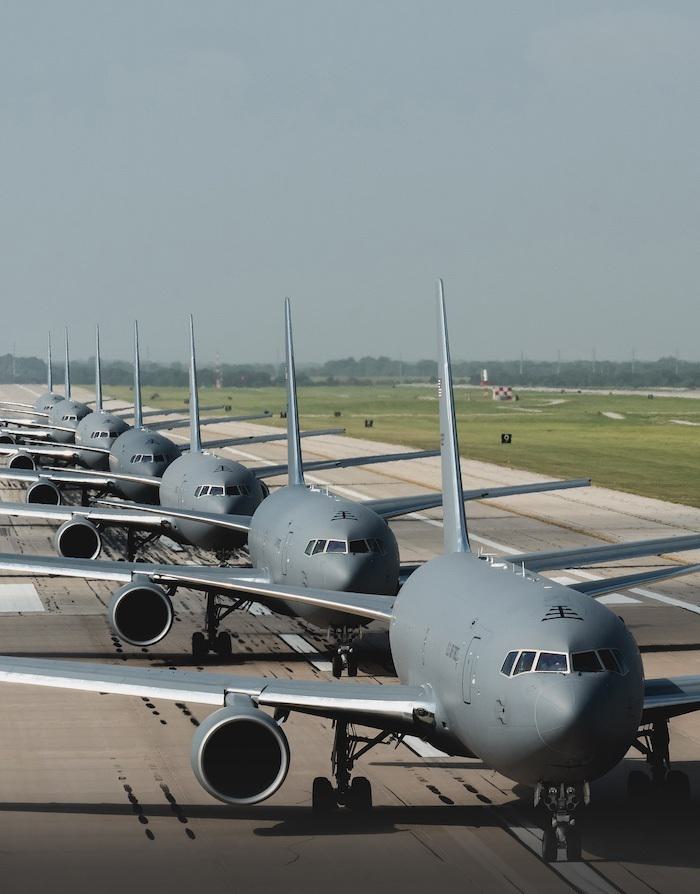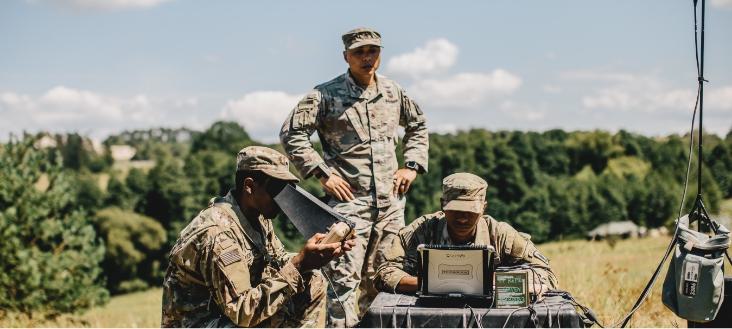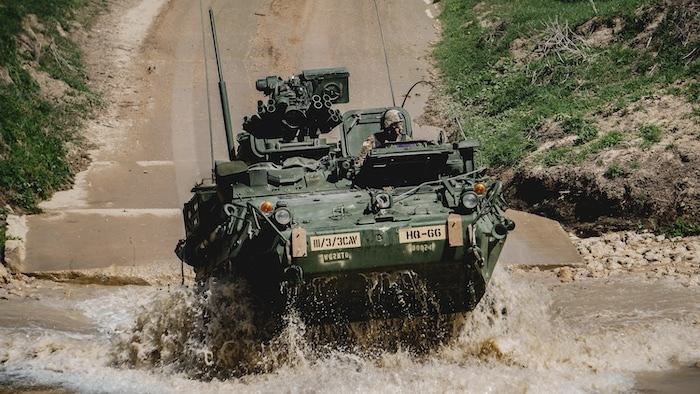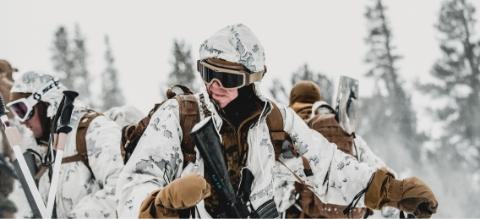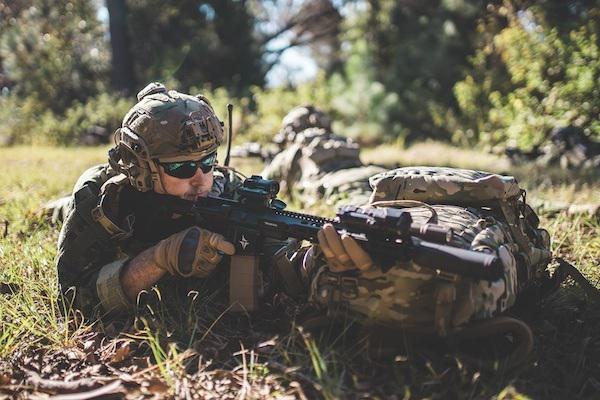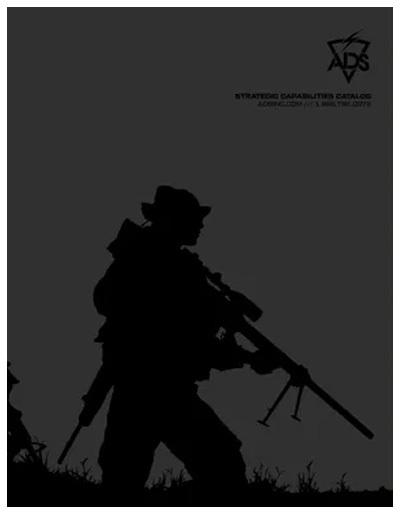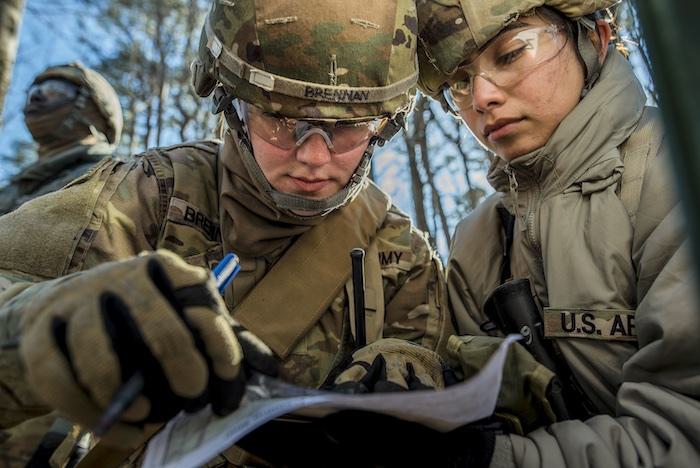1. Stair Climb
One of the CPAT events is the stair climb. Performance Health recommends building your endurance by training on stairs. Instead of climbing up and down multiple flights of stairs, start small.
Focus first on one step. Step up on one step with both feet and then down. Repeat this action 24 times in one minute, and keep this up for five minutes. You can add to the difficulty of this exercise by putting on a 25 lb vest. The next level of difficulty is doing this exercise while holding a 10-15 lb dumbbell in each hand.
2. Hose Drag
Preparing for the hose drag event in the CPAT is extremely important. Since most people don't have a fire hose lying around their house to practice with, it’s common to use a 50-foot rope attached to a tire or cement block as a stand-in.
Once you have your homemade hose ready, build your endurance by holding the hose over your shoulder and running 70 feet. Next, kneel (with only one knee on the ground) and pull the attached tire or cement block towards you. Use the hand-over-hand technique as you drag the weight closer.
You'll need to repeat this exercise, increasing the weight each time, until you can manage this with 80 lbs at the end of the rope.

